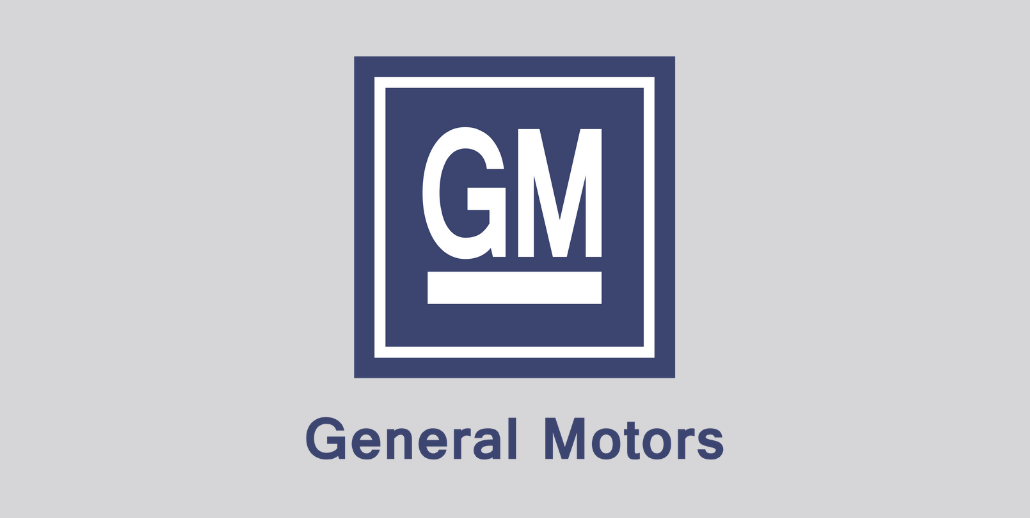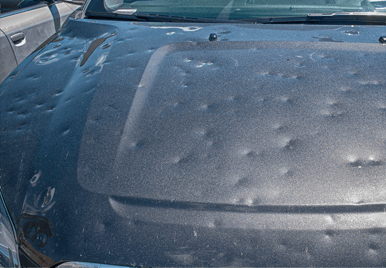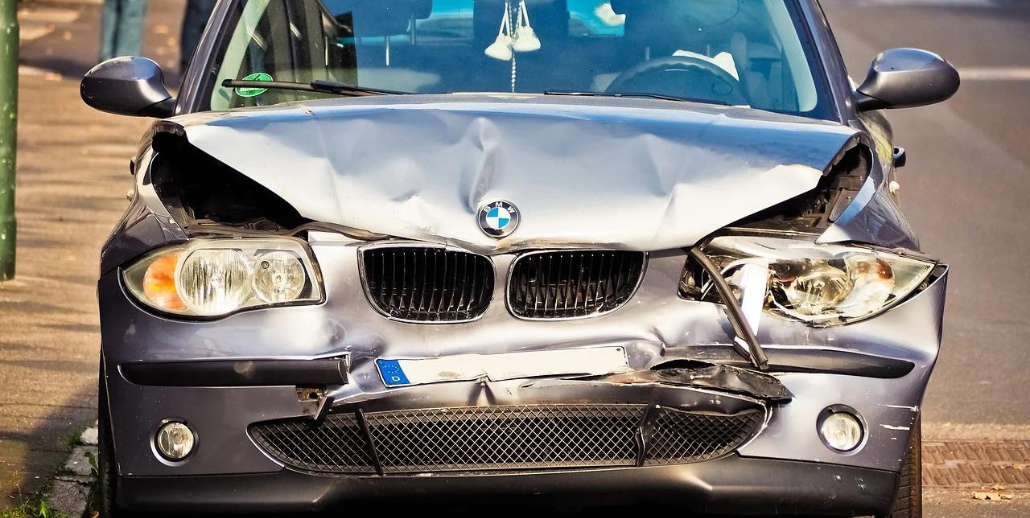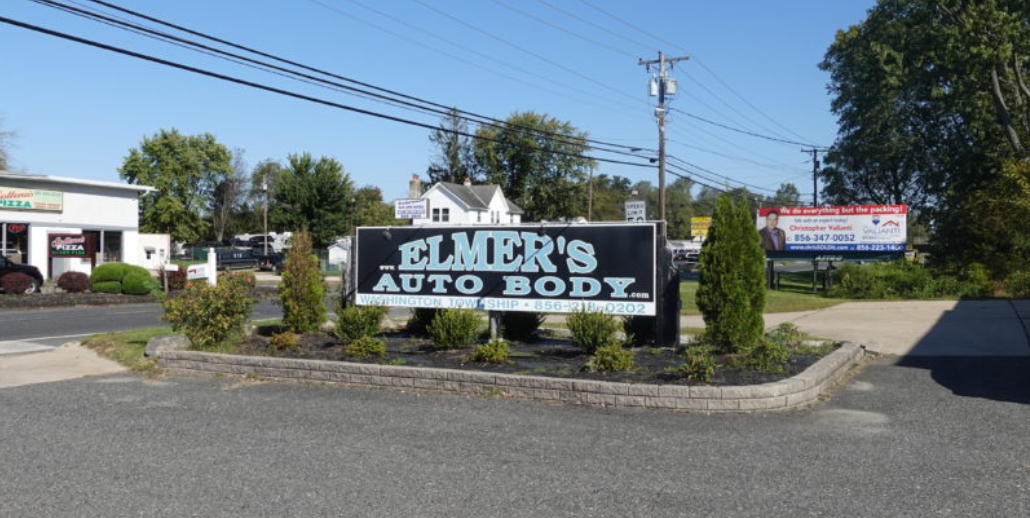It’s never pleasant to think about the possibility of a vehicle collision. These kinds of things can do a lot of damage, both to the vehicles themselves and to the people riding inside of them. Although we are not able to help with that second part, we can certainly help you to protect your Nissan with certified collision repair. Anything less is simply not good enough. Let’s talk a little bit about why this certification is so important when repairing a Nissan vehicle.
Why You Should Stick With A Certified Collision Specialist
There are a number of good reasons for sticking with a certified shop. First and foremost, let’s talk about the warranty issue. Nissan vehicle warranties will pretty much always stipulate that only certified mechanics can work on these products. Otherwise, the terms of the warranty will be considered null and void. This is a big problem because, if you find a defect or some other manufacturer problem with your vehicle, those non-certified repairs will cause your claim to be automatically denied.
There is also the issue of using the right parts. Most collision repairs will require you to purchase a new part or two, and some may require more than that. This is where many non-certified and low-standard body shops will see an opportunity to scam you. By charging you for a premium part and ordering a cheap aftermarket piece of junk, they can pocket the difference and make some extra cash from you. Needless to say, reputable and certified shops are not known for that sort of behavior. You should always make sure that your body shop uses OEM parts with lifetime warranties for each one.
Finally, we have the problems that come from specialized tools. Many vehicles will require specialized proprietary tools for proper repair jobs, and these tools can be very expensive. In fact, some of them can’t even be sold to non-certified shops and mechanics at all! However, certified mechanics and shops can get these tools at a lower cost, making it much more practical to buy them. Thus, going with a certified shop will ensure that only the correct and approved tools are used on your vehicle.
Nissan Vehicles Require More Specialized Work Than Most
There are actually some mechanics that will refuse to work on Nissan vehicles, as surprising as that might be. This is because they tend to use a lot more advanced engineering in their products and this can be a real problem for substandard mechanics. However, any shop that turns away your Nissan is probably not worth visiting in the first place.
One good example of this superior technology is Nissan’s “Safety Shield 360” system. By using a combination of sensors, cameras, radar, and sonar, the car can basically sense the presence of any other vehicle that gets too close. If such a thing happens, it will automatically slow or stop the vehicle with no input from the driver. If your car is equipped with this option, you must definitely avoid any shop that isn’t completely certified by Nissan. Just think about this: What will a low-tier mechanic do if he is forced to work on a radar or sonar system? Chances are, they won’t have a clue.
How To Recognize A Certified Nissan Collision Center
If you are trying to find the best Nissan mechanic, it pays to shop around and look at the details. For one thing, you should ask to see credentials and certs long before they ever touch your vehicle. Any shop that is hesitant or unwilling to show these credentials should be crossed off the list immediately. Remember that you are a paying customer and you have a right to know what kind of service you are buying.
That is the best way to begin, but you shouldn’t stop there. For instance, Nissan’s standards require that a Nissan-certified collision repair facility should be clean, well-organized, and professional-looking. If the place looks like your neighbor’s dirty garage, that isn’t a good sign at all.
You can also ask for some paperwork relating to their last inspection. Nissan, working through various third-party companies, will carry out periodic inspections of every shop in the Nissan-certified collision network. If they aren’t up to the standards, their licenses and certifications can be pulled. Thus, you should ask to see the results of their last inspection, as that will really tell the tale better than anything else.
Be Careful About Insurance Company Recommendations
In many cases, insurance companies will want their policyholders to visit one of their approved shops. However, this can be a bad idea in some cases. Your insurance company doesn’t determine the terms of your warranty and they are not necessarily interested in giving you the best quality. They recommend certain shops for financial and liability reasons, so those shops may not be fully approved by Nissan. The important thing here is to ask plenty of questions and vet the mechanic just like you would do with any other.
Post-Repair Scanning
Nissan requires post-repair scanning whenever one of their vehicles is repaired. This is something you should ask about, as it is another good way to recognize a high-quality body shop. If they are skimping out on the scan, who knows what else they might be forgetting?
Conclusion
If you want to get the best collision repairs for your Nissan, you might be asking yourself: “Where can I find the best auto body shop near me?” For those of you in South Jersey (or any adjacent area), Elmer’s Auto Body is the answer you seek. We are properly certified in all areas of Nissan service and we aren’t shy about proving that fact to all potential customers. You have every right to see our credentials, so we will never be offended at that prospect. To find out more (or to employ our expert services), feel free to call us at (856) 218-0202.






